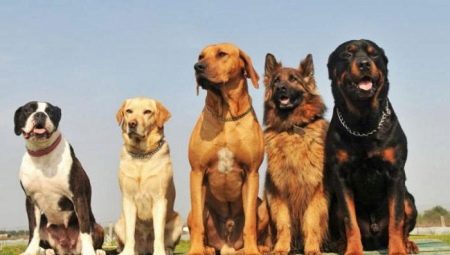Since ancient times, the dog has been the permanent companion of man. However, over 26 thousand years, animals not only domesticated, but also began to vary greatly in their characteristics. Over time, changes in dogs began to be regulated by breeders, defining the specific features of new breeds. Today, everyone can choose a faithful four-legged companion who will share the lifestyle and habits of the owner.
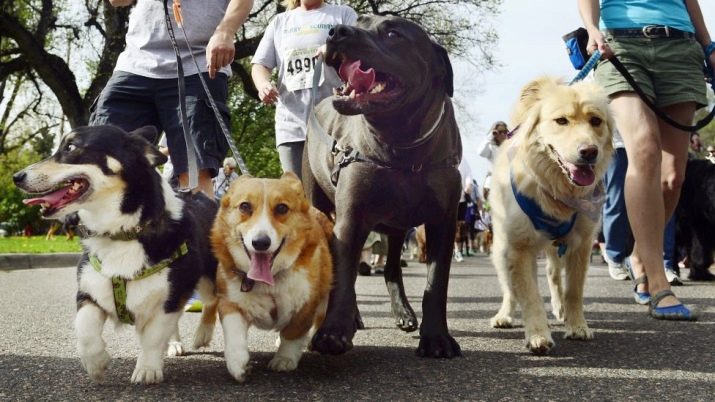
Features of choice
It is important for any dog breeder to get acquainted with the characteristics of a particular breed, since the choice of a dwelling for the animal, especially its nutrition, walking and training, depend on this. A large and dangerous beast can grow out of a harmless puppy, the obedience of which is not easy to achieve. Therefore, it is better for lovers and beginners not to take animals with a restive character - only professionals can handle their taming. Comparison of dog breeds will be carried out according to a number of criteria: level of intelligence, difficulty in caring and training.
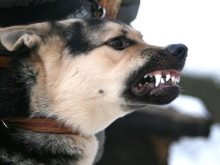

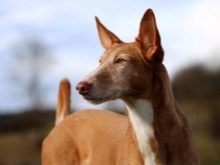
Intelligence level
At the end of the last century, psychology professor Stanley Coren conducted a large-scale survey of dog breeders and exhibition judges. Koren later formed a dog intelligence rating based on three criteria.
Instinctiveness
The professor believed that the genes of each animal determine its behavior and skills. Therefore, the difference between shepherd, guard, service and other breeds is so important. The guards are more suspicious of people, so they will not let a stranger into the territory. Hunting breeds are more freedom-loving and independent, therefore they are less amenable to training.
It is instincts that determine the abilities of dogs: you do not need to wait from the animal for what it is not capable of at the genetic level.
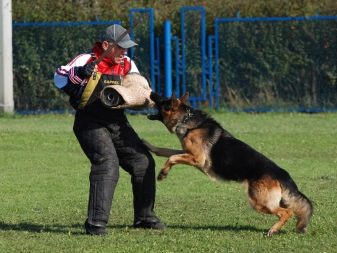
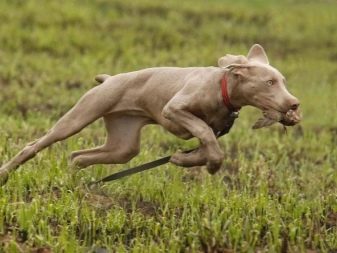
Degree of adaptation
This includes basic responses to the environment, and the ability to adapt to various conditions. Therefore, not all dogs will be tolerant of overly active children, as well as other pets. Companion dogs adapt worse to new conditions, but, they are the most devoted companions of man.

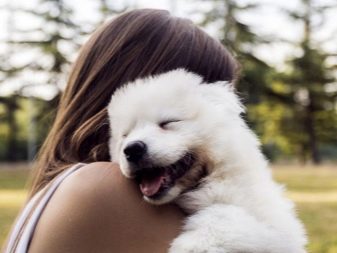
Obedience level
The most controversial criterion. Not every quick-witted dog will unquestioningly carry out the owner’s commands, as some breeds are prone to domination. When buying a dominant dog, you should have patience. However, such dogs can be more savvy and trickier than more passive but intelligent pets.
It is important to note that all Stanley Coren’s criteria are relative and based on statistical, but not exclusive, data.
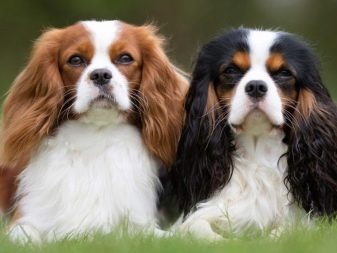
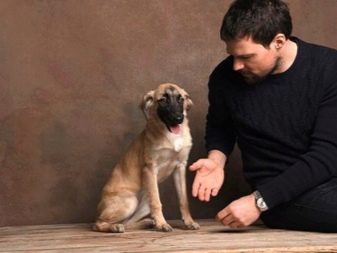
We give the relative rating of breeds in intelligence.
- 40-45%: Prague rat, Banhar, Continental Toy Spaniel, Azerbaijani Gourdbasar, Chinese Crested, Beauceron, Dolmatin, Basset, Pug, Affenpincher, Chihuahua, Chow Chow, Shih Tzu.
- 50-55%: Bullmastiff, Russian Hound, Bobtail, Pointer, Dingo, Irish Terrier, Blue Picardy Espanyol, Irish Wolfhound, Italian Greyhound, English Setter, Irish Setter, Drever, Hotosh, Estonian Hound, Argentine Great Dane, African Boerboel, Central Asian Brazilian.
- 60-65%: Russian-European Laika, German Wire-haired Pointing Dog, English Bulldog, Maltese, Chinese sharpei, Fox Terrier, barbet, American Pit Bull Terrier, Japanese Spitz, Afghan Hound, Bloodhound, Briard, Australian Kettle, Afghan Hound, Giant Schnauzer, German Dog, German beagle.
- 70-75%: Rhodesian Ridgeback, American Bulldog, Pharaoh Hound, American Toy Fox Terrier, Alaskan Malamute, South Russian Shepherd Dog, German Pinscher, Tibetan Spaniel, Whippet, Veterhun, Dachshund, Pekingese, Anatolian Shepherd Dog, French Bulldog, Belgian Griffon, Norwegian Gray Mexican Hairless Dog.
- 80-85%: American Staffordshire Terrier, Ainu, Shiba Inu, Collie, Keeskhond, Saint Bernard, Bulgarian Shepherd Dog, Akita, Bergamo Shepherd Dog, Russian Black Terrier, Kurzhaar, Portuguese Water Dog, Scottish Setter, Bolognese, Czech Shepherd Dog, Siberian Husky, Pomeranian bull terrier, sharpei, spanish mastiff, mittelschnauzer, caucasian shepherd.
- 90-95%: Sheltie, Rottweiler, Doberman, Labrador, Miniature Schnauzer, Australian Shepherd, Welsh Corgi, East European Shepherd.
- 100%: Nova Scotia Retriever, Poodle, German Shepherd, Golden Retriever, Alaskan Kli-kai, Australian Silky Terrier, Border Collie.
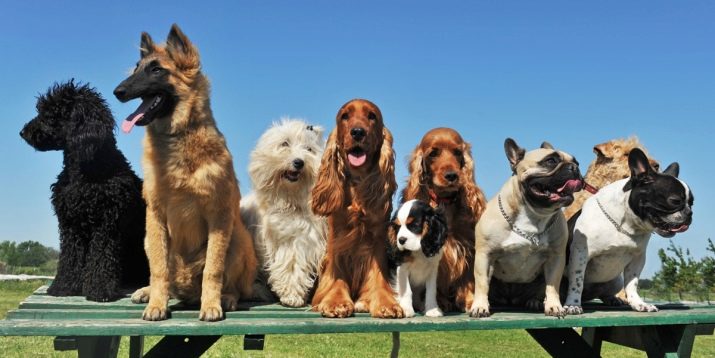
Difficulty of leaving
When comparing dog breeds, it is important to consider the difficulty of grooming. The hunting breed dog will need regular active walks; it should not be kept in an apartment or a small aviary. Shorthair dogs of small breeds cannot be kept in a booth. To understand how to care for a pet, think about why its breed was bred. The main groups of breeds:
- hunting;
- official;
- decorative.

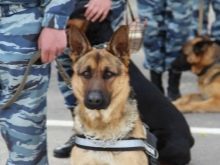

The difficulty of training
If you are not ready to devote a sufficient amount of time to a pet that requires complex training, do not take it. Small Pekingese dogs do not need to be trained. Poodles, golden retriever, sheltie, labrador, papillon and some other breeds are easy to learn. The hardest thing will be with the Chow Chow, the bulldog, the Afghan and Russian canine greyhounds, the bloodhound.
Comparison table of 20 common breeds on a three-point scale
| Breed | Difficulty of leaving | The difficulty of training |
|---|---|---|
| English bulldog | 1 | 2 |
| Boxer | 1 | 2 |
| Lapdog | 2 | 2 |
| Welsh Corgi | 2 | 2 |
| Dalmatian | 1 | 2 |
| Doberman | 1 | 2 |
| Caucasian Shepherd Dog | 2 | 2 |
| Cocker Spaniel | 2 | 1 |
| Collie | 2 | 1 |
| Pug | 1 | 2 |
| German Shepherd | 2 | 1 |
| Pekingese | 2 | 2 |
| Pomeranian Spitz | 2 | 2 |
| Poodle | 3 | 1 |
| Rottweiler | 1 | 2 |
| Siberian Husky | 2 | 2 |
| Dachshund | 2 | 2 |
| French Bulldog | 1 | 2 |
| Chow chow | 2 | 3 |
| Chihuahua | 2 | 2 |
When choosing a pet, you need to not only compare the characteristics of the breeds, but also take a closer look at the puppy itself. It is not easy to meet two identical dogs even in the same litter.
You will learn how to choose the perfect dog from the next video.
